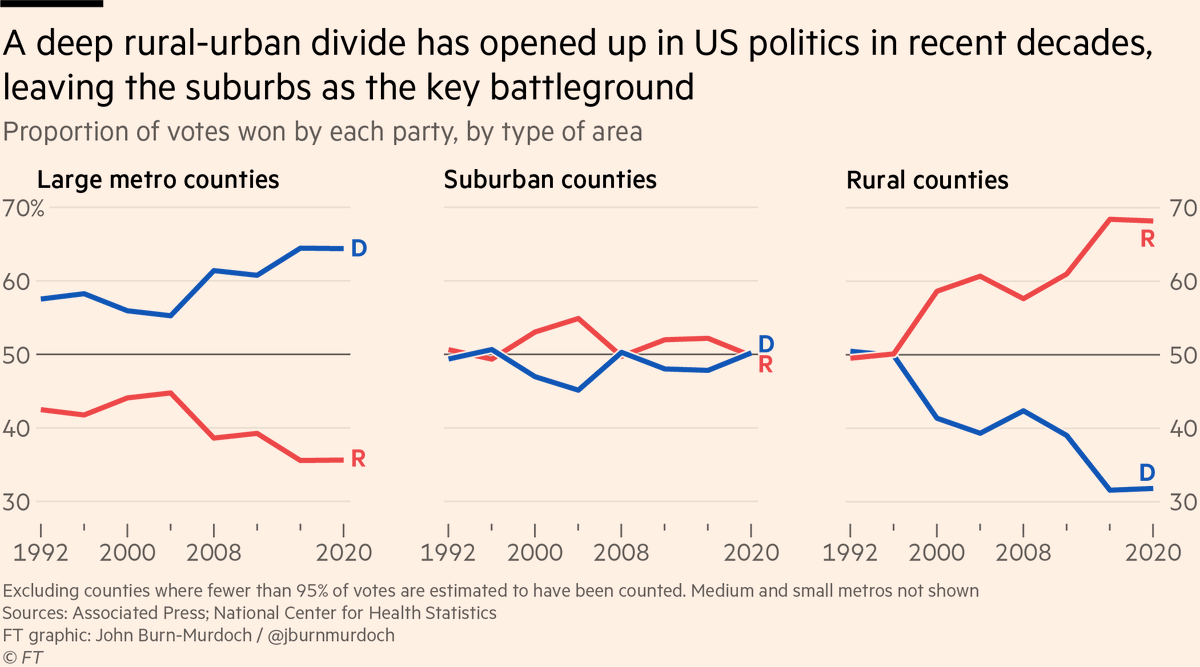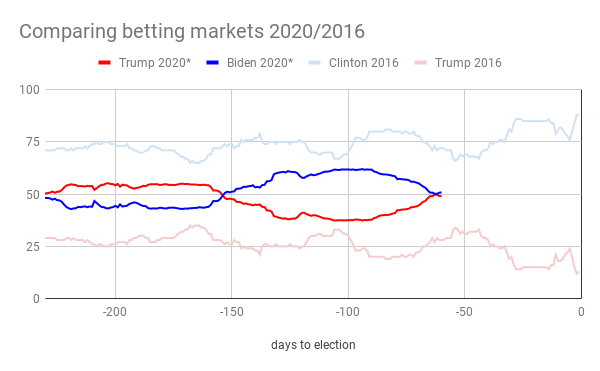
visual editing resident @nytgraphics | previously @ftdata @baltsundata @BrookingsGlobal @datagraphics | forever a friendly neighborhood data reporter 🕸
How to get URL link on X (Twitter) App


https://twitter.com/christinezhang/status/1637465474433703938here I will go into more detail on why the $2T figure estimated by Jiang et al is much larger than the $620B unrealized losses figure estimated the FDIC ()
https://twitter.com/lydiadepillis/status/1637773837604470784

https://twitter.com/christinezhang/status/163746543281790566627/ AND, if the bond’s market value goes to $750, the bank does *not* have to mark the $250 unrealized loss on its balance sheet. so the -$250 doesn’t cut into its asset values the next quarter








https://twitter.com/WF_Parker/status/1359184037751963649






